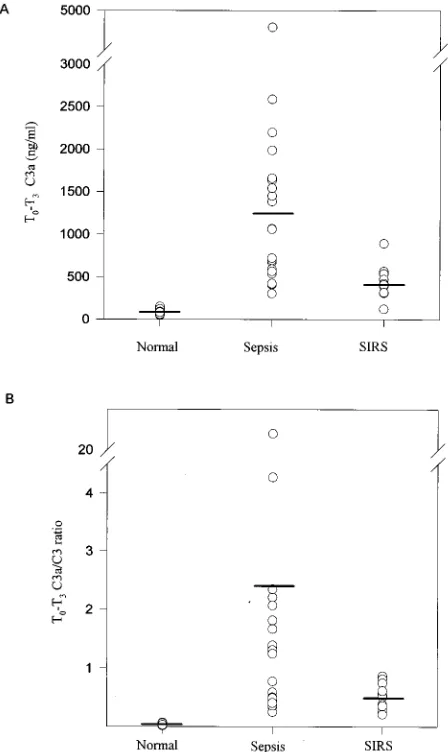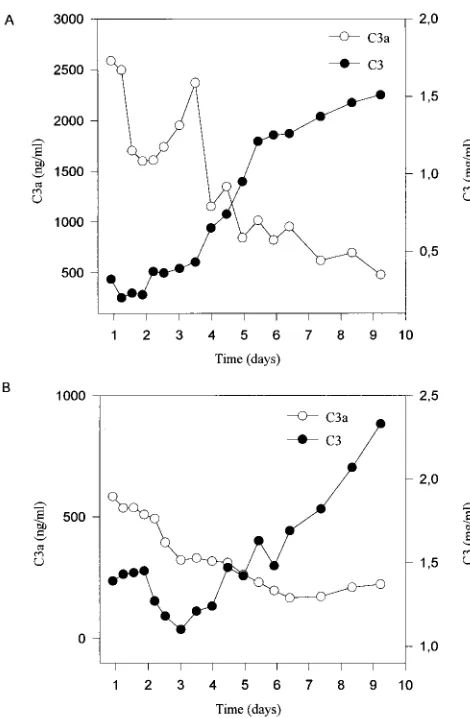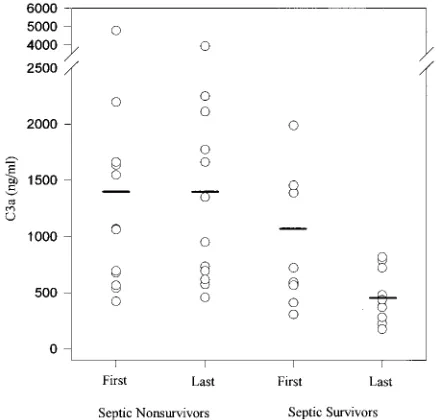Circulating complement proteins in patients with sepsis or systemic inflammatory response syndrome.
Full text
Figure




Related documents
A Monthly Double-Blind Peer Reviewed Refereed Open Access International e-Journal - Included in the International Serial Directories International Journal in Management and
The general results show many similarities among countries regarding interpersonal communication: there are many statistically significant correlations between the fre-
The name of the instrument is Time In Care (TIC) and it con- sists of two parts: Time In Care for need (TIC-n), which measures the care needs of the individual, and Time In Care
Figure 1 Automatic quality analysis of a virtual slide (parameter used: blur) A represents the thumbnail of a whole slide image (H&E staining) whose upper third part is in focus
The results of the fourth hypothesis in this study indicate that facilitating condition has a positive effect of 0.067 and is not significant (p value = 0.790> 0.05) for
In [14] OFDM system was implemented on Virtex-2using Xilinx ISE 10.1.In [15]designing of OFDM system was performed using VHDL and Xilinx's Chip scope tool is used for
2.2 WHISKER-REINFORCED AND SHORT FIBER MMCs (WMMCs) Whisker-reinforced composites could be manufactured by powder metallurgy or infiltration path and shows
Keywords: acute myocardial infarction, activities of daily living, disability, Killip classifica- tion, primary percutaneous coronary
